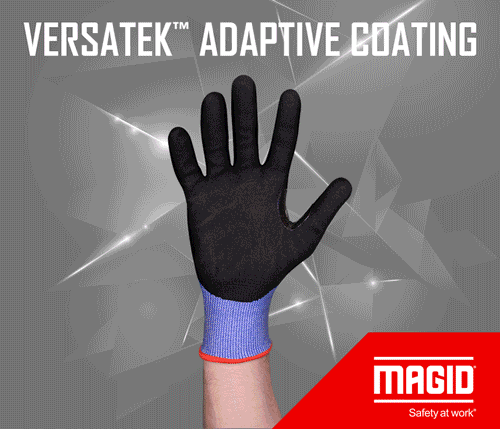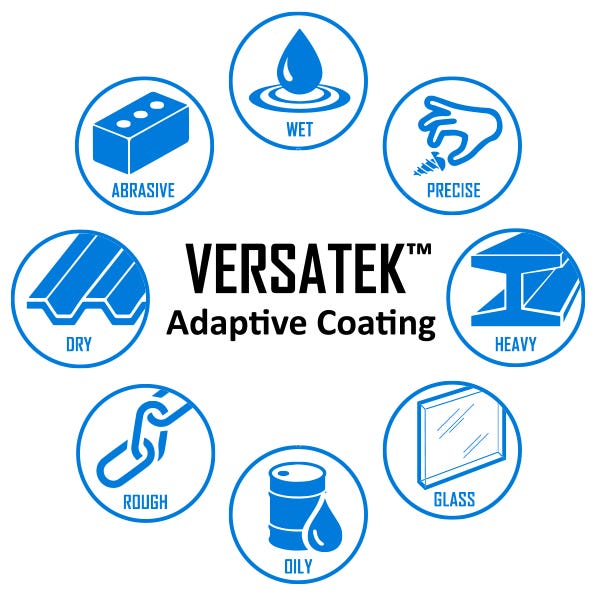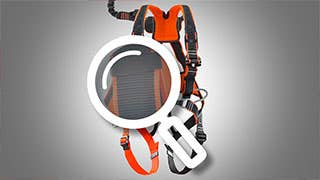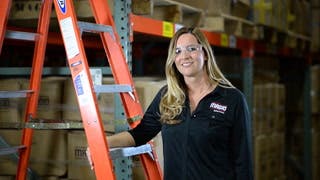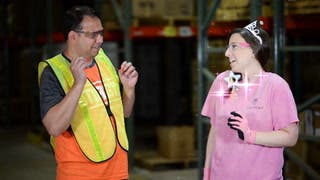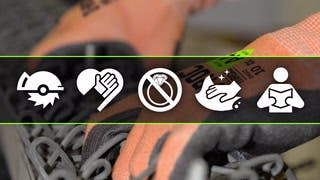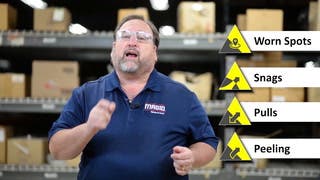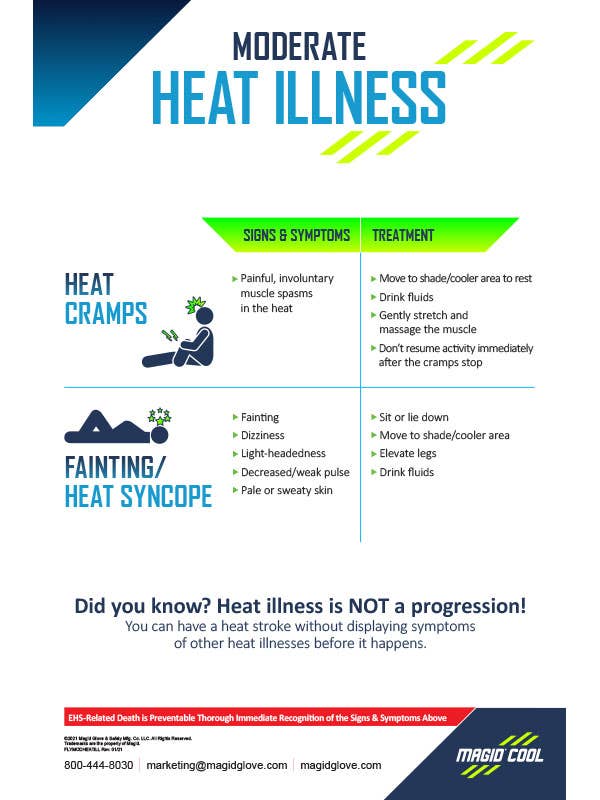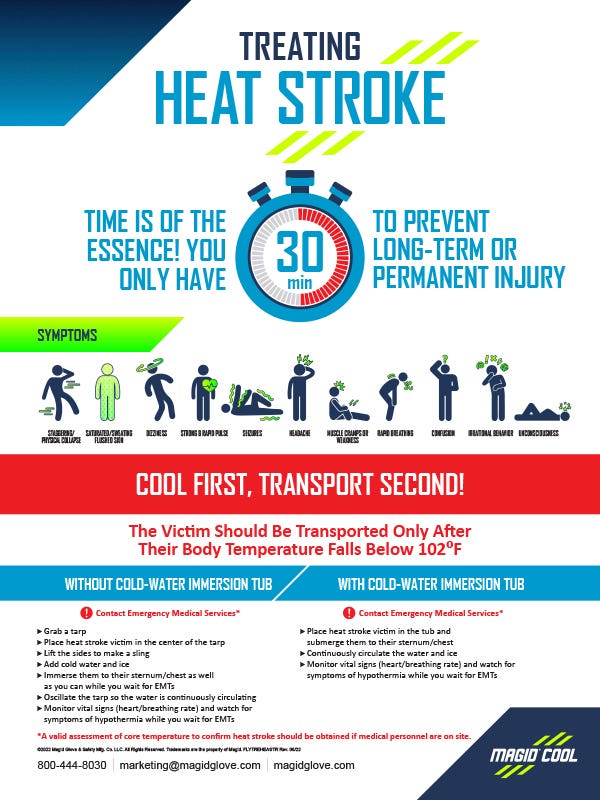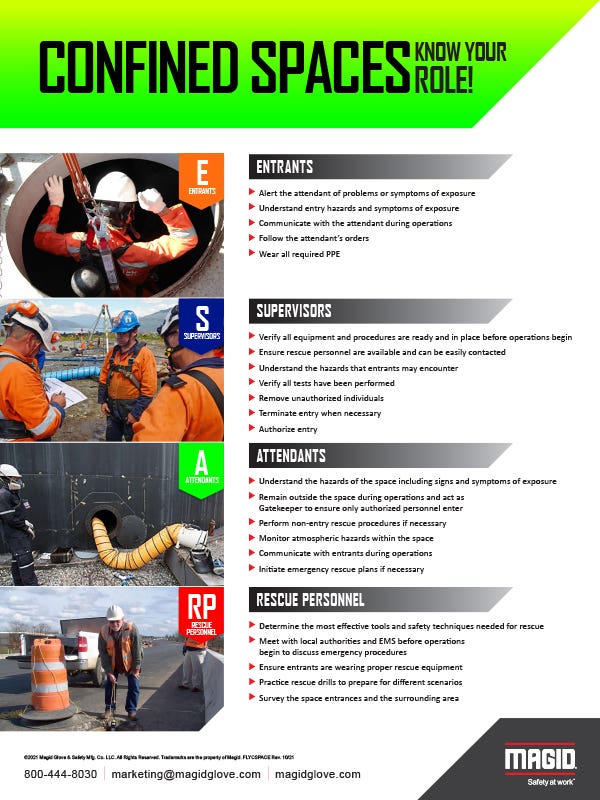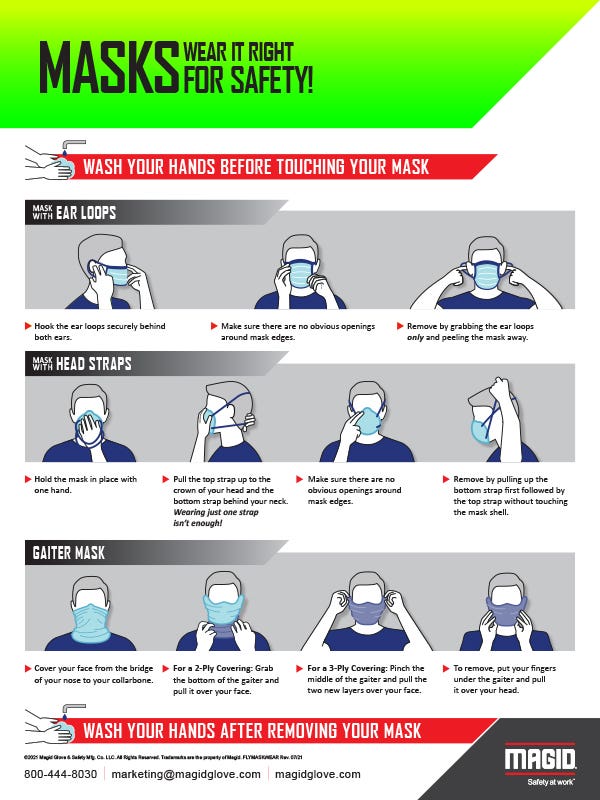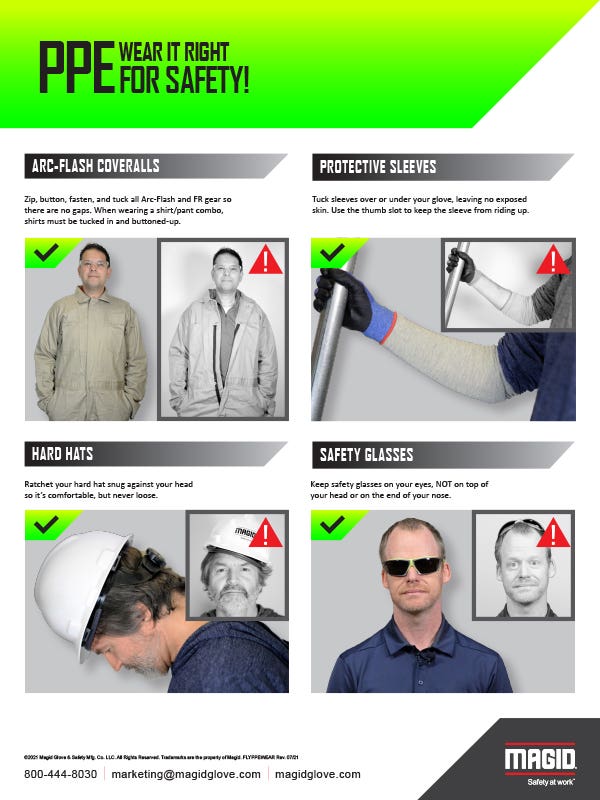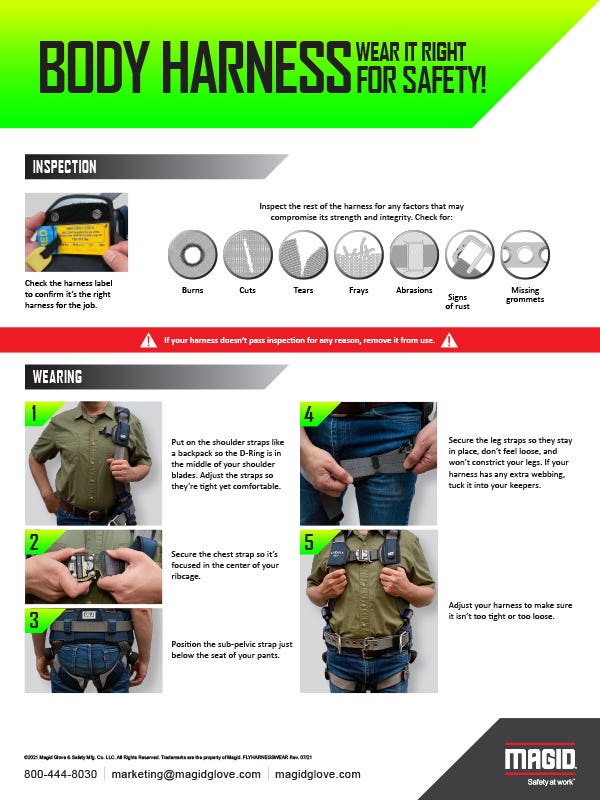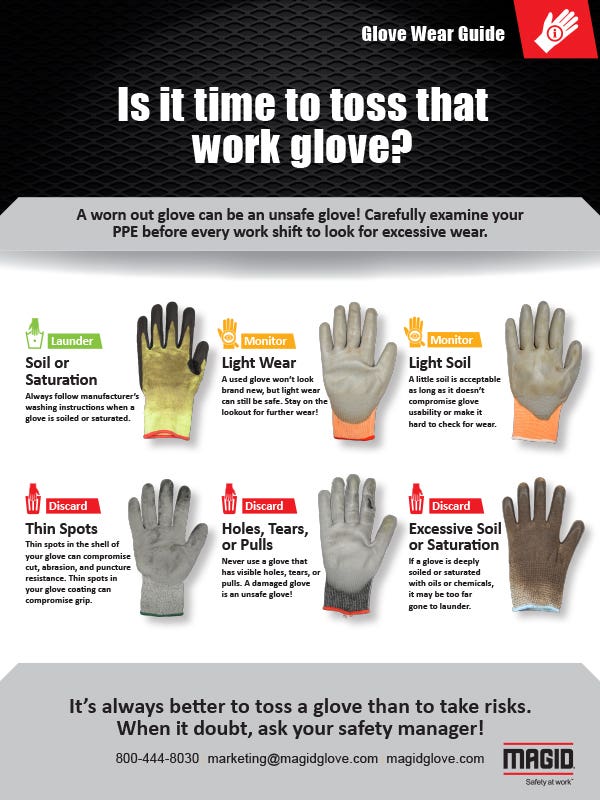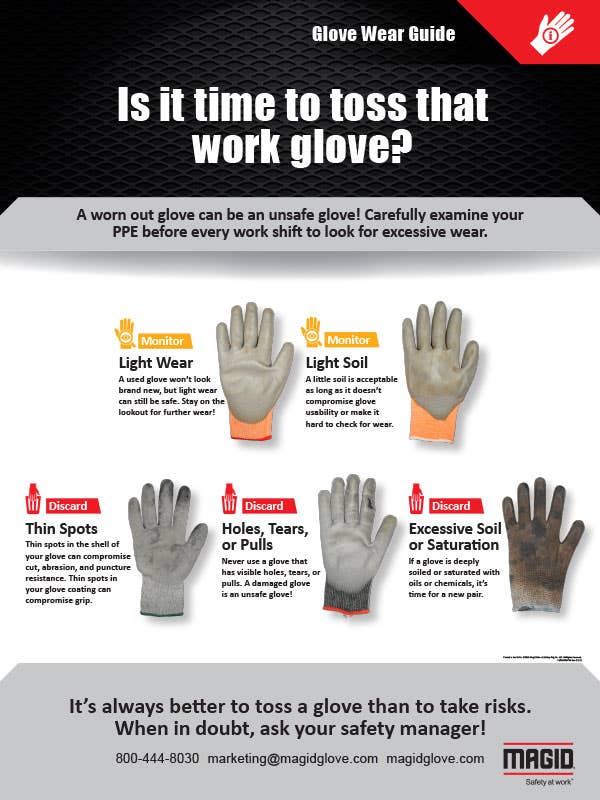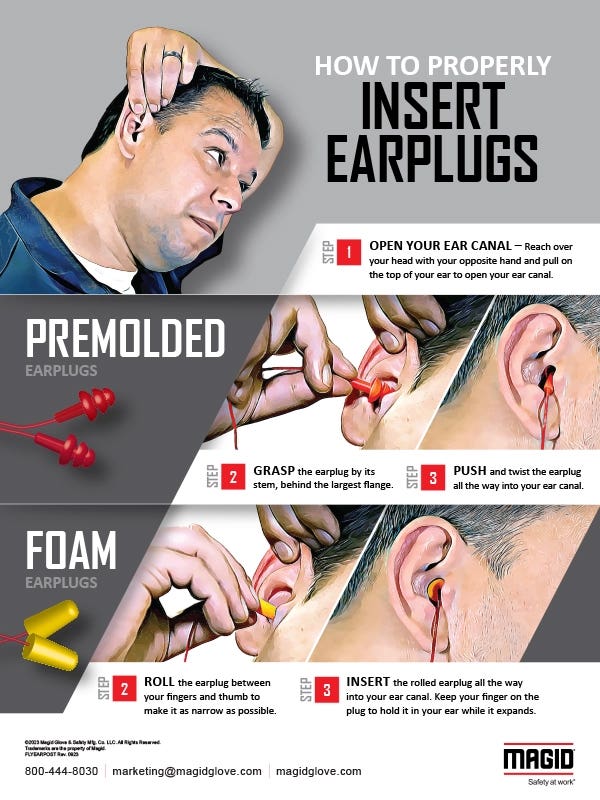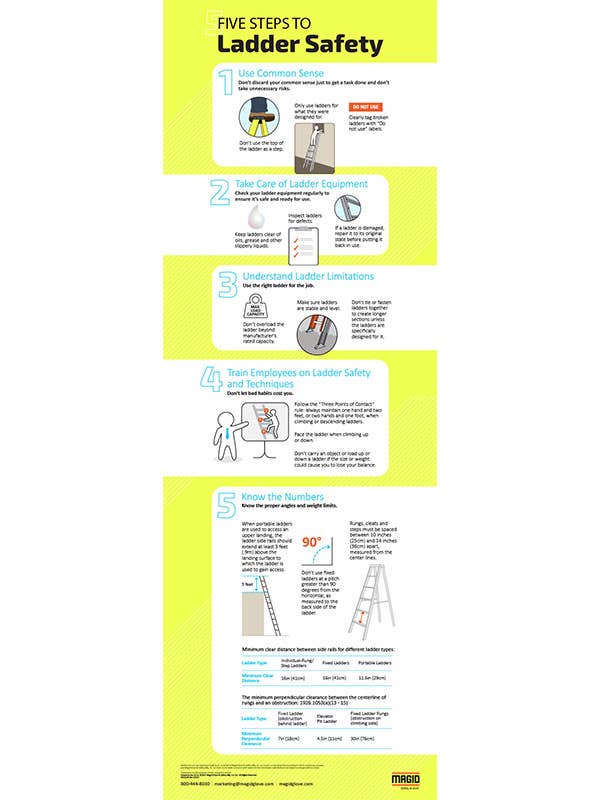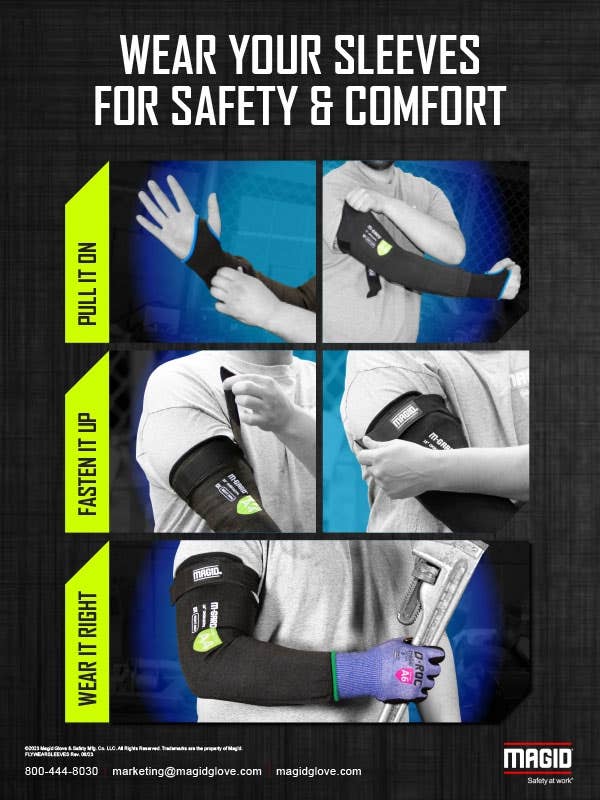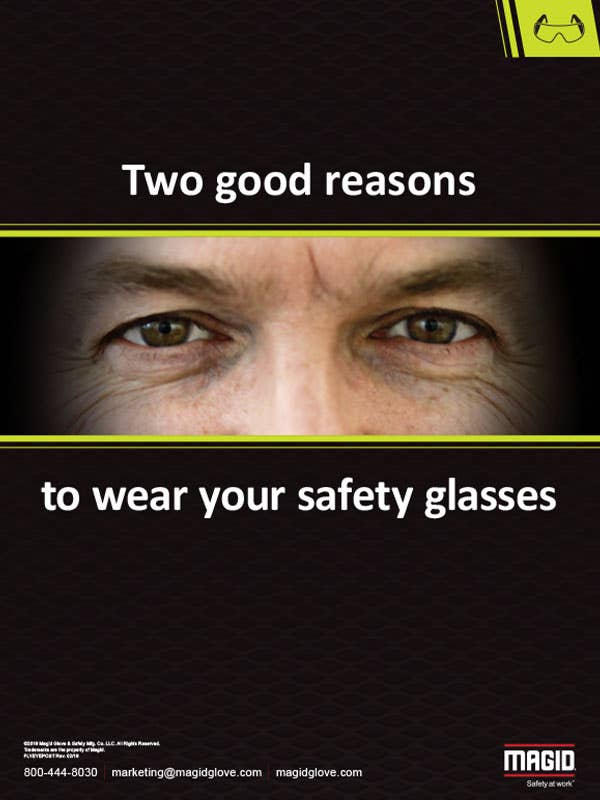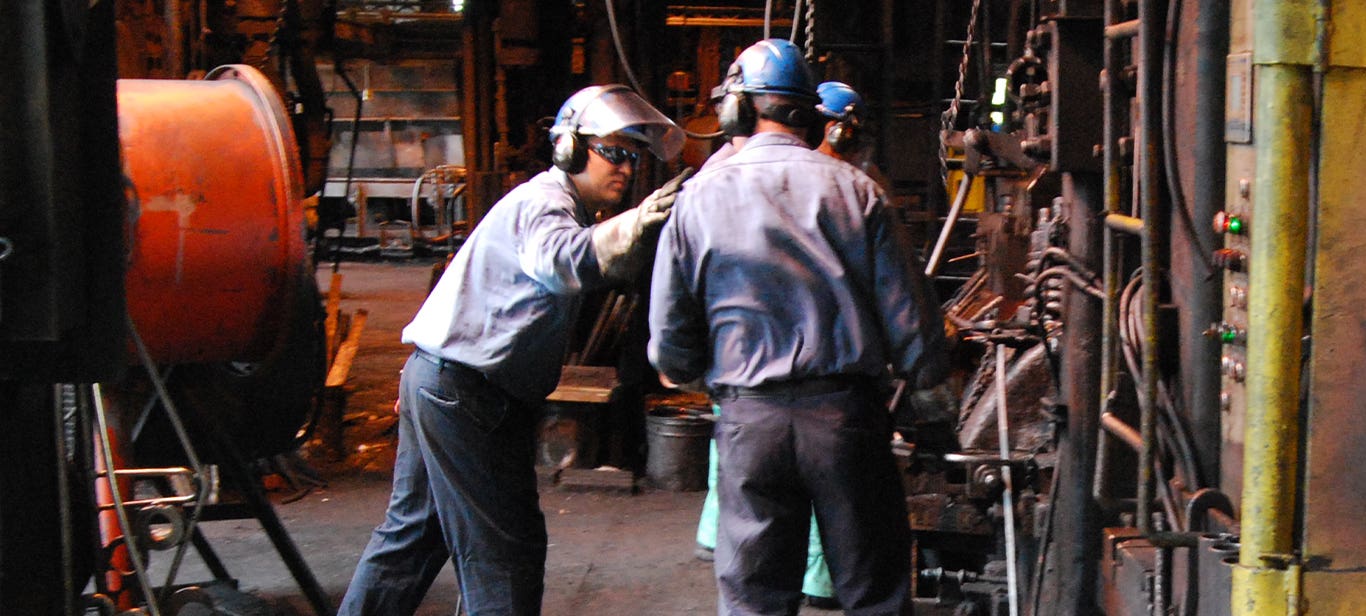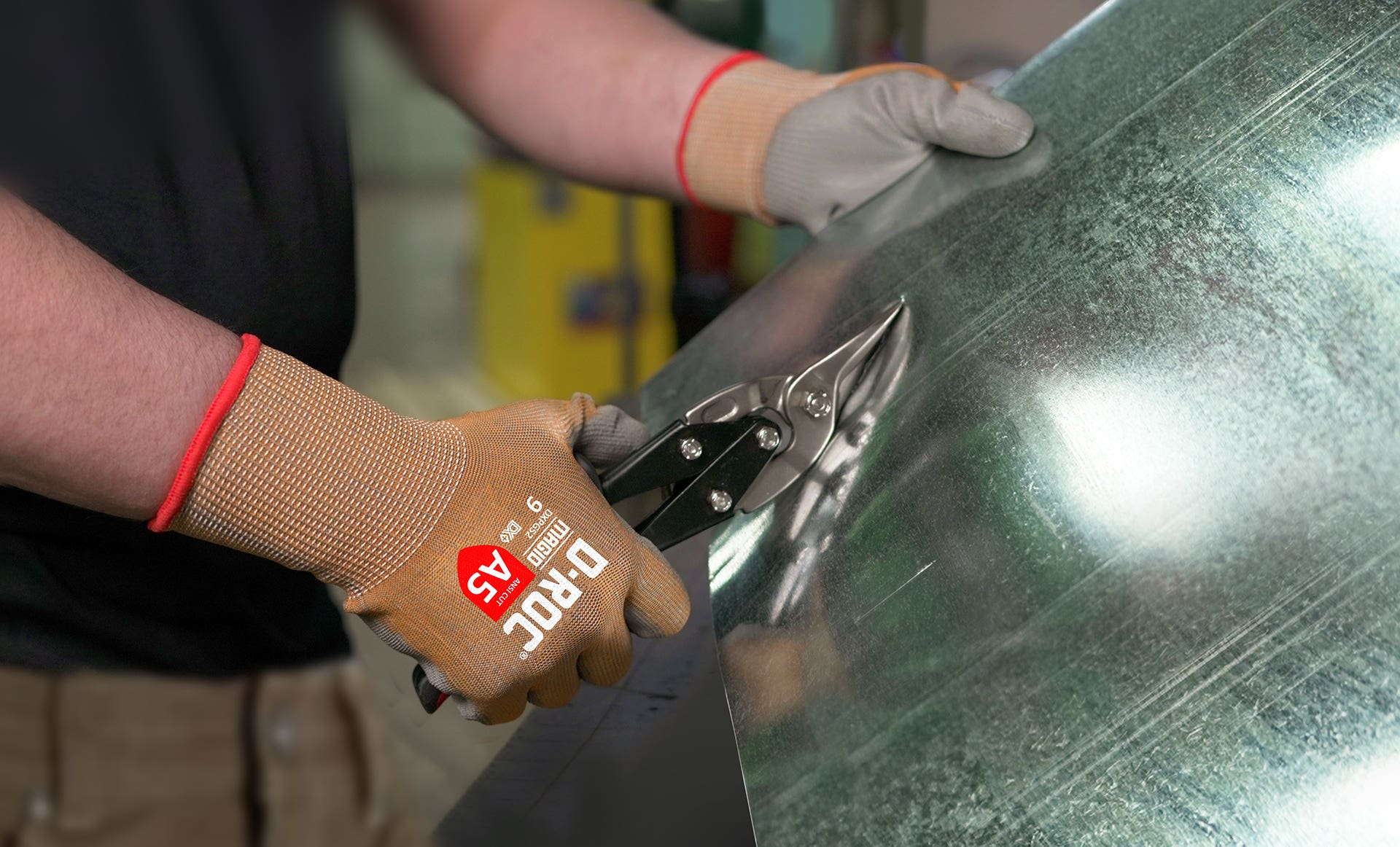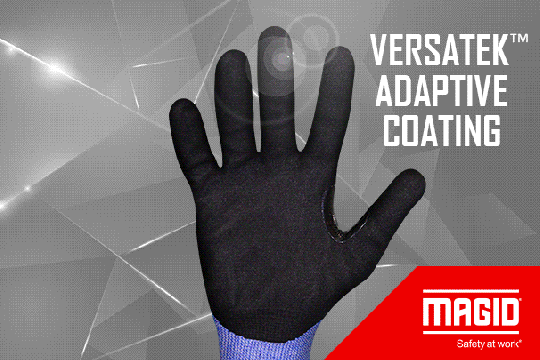
VersaTek™ - Adaptable Grip Work Gloves
Safety Training
See All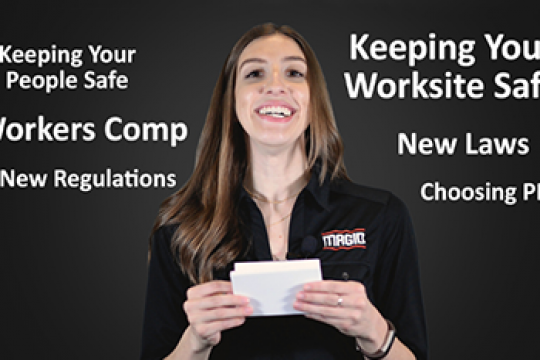
The Benefits of Safety Training Videos
Safety managers are some of the busiest people on the planet! Keeping your people safe, keeping your worksite safe, new laws, new regulations, workers’ comp, choosing PPE – the list goes on. And then it’s time for training! But you can make the most of every minute by using microlearning videos for safety.

What is Microlearning?
Microlearning is training that’s broken down into brief videos – anywhere from 30 seconds to as long as 3 to 5 minutes – that your workers can watch on their phones. These videos are short and to the point and can even add humor to make the safety lessons more memorable. They aren’t meant to take the place of traditional training. Instead, they act as a reinforcement of the safety lessons your people have already learned or will learn in future trainings.

When Should I Use Short Safety Videos?
The beauty of short safety videos is that they’re flexible and adaptable to your needs.
To Start the Day
Start every shift with good habits in mind by using a safety training video in your morning toolbox talks or by sending a quick video link to every worker’s phone. This has the added benefit of ensuring that everyone – including remote employees – gets the same safety message.
As Pre-Training or Formal Training Follow-Up
Send a short safety video to your workers as a pre-training introduction to a topic before you call everyone to the classroom. Or send a video to your workers a week or two after classroom training to refresh their memory and keep the lessons top-of-mind.
To Address a Specific Hazard
If you know the day is going to be particularly hazardous, you might send a video link to your people to remind them to work safely. When temperatures are expected to soar, starting the day with a 30-second refresher on preventing heat illness reminds everyone to stay hydrated and look out for each other.
As a Weekly Refresher
Make a habit of sending a safety reminder to your workers at the same time each week. They’ll come to expect it and, if the videos are humorous or fun, they may even look forward to it!
To Address Compliance Issues
You don’t necessarily have to send a video to all your workers every time. You can use short safety videos on an as-needed basis if you notice protocols getting lax in a specific area or if you have an individual who tends to forget a certain rule. A fast video on the hidden costs of an eye injury may be just what you need to get safety glasses off the tops of people’s heads and onto their eyes!
As an Always-There Reminder
Loop several short videos on a breakroom screen or use them as spacers between other information to make safety reminders a continuous part of the workday.
How are Safety Training Videos different from regular training?
Studies show that the most effective way to teach something is by spacing information over time. Learning good safety practices in a formal setting is important. But following that with periodic reminders is the best way to reinforce the lessons so they’re easy to remember for the long haul. Your workers can watch short safety videos anytime in just about any place. So you don’t have to take time out of the workday or lower productivity. The brief format and higher-energy delivery help to keep your workers’ attention in a way that standard training often doesn’t. No matter how you use them, these videos are a fast, easy, time-saving way to keep safety reminders in everyone’s pocket!
Ready to give it a try? Check out our website to download free videos on a variety of topics.
GIVE ME THE VIDEOS
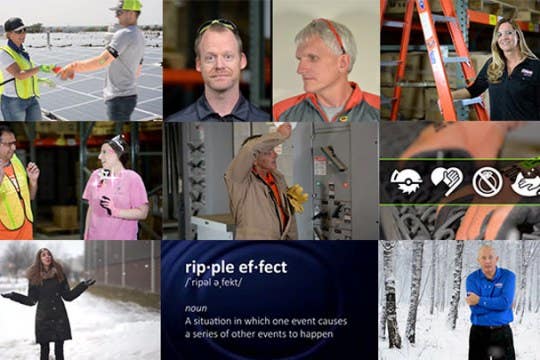
Download Fun Safety Training Videos for Your Employees
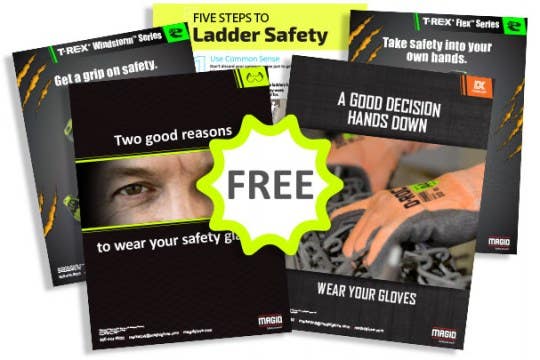
Workplace Safety Posters

Download Ready-to-Use Safety Training
Safety Culture
See All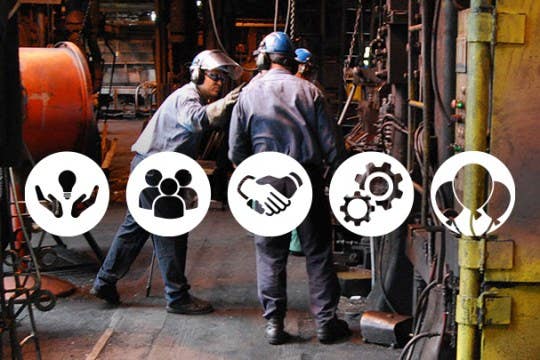
5 Steps to Creating a Safety Culture

Tips for Recognizing & Managing Stress in the Workplace
Most of us have had at least one boss who tells workers to “leave their personal problems at the door!” But that advice was never very realistic. And in this day of texting, social media, and a phone in everyone’s pocket, it’s even less likely.
The communication age makes it more important than ever to make stress management a high priority both to keep workers safer and to avoid hits to your company’s bottom line. But before you begin to tackle how to reduce stress, be sure you can recognize the impact and signs of stress in your workers.

Effects of Stress in the Workplace
Excess stress can be caused by personal problems or by work issues like cutbacks, lack of job satisfaction, or layoffs. But any source of stress can cause workers to lose focus – and that can increase safety incidents. Stressed workers may also be more likely to turn to harmful ways of coping like alcohol, illegal drugs, or improper uses of prescription medicine – any of which can contribute to higher incident rates.
The Many Costs of Stress
The personal concern you have for your workers and your responsibility to keep them safe is only part of the equation. The American Institute of Stress estimates that job stress costs U.S. industries over $300 billion each year as a result of:
- Accidents
- Absenteeism
- Employee turnover
- Diminished productivity
- Direct medical, legal, and insurance costs
- Workers' compensation claims as well as tort and FELA judgments
Signs of Stress in Workers
So, just as you check for safety compliance, be on the lookout for signs of stress. Stressed workers often:

Seem overtired

Have trouble concentrating

Complain a lot or have low morale

Seem anxious, argumentative, or irritable

May have frequent accidents
How to Help Stressed Out Workers
So what can you do if you have a worker checking some of these boxes? First, give them a chance to clear the air. Let them know your door is open and that you care. If the problem is work related, ask them what they’d like to see change and try to help where you can. The solution to the problem might be something as simple as:
- Allowing more frequent breaks
- Redistributing responsibilities
- Reprioritizing tasks so high-priority work gets finished first, leaving some room to breathe
- Building in regular venting sessions for workers to air their thoughts and make suggestions
You might even consider adding a stressed worker to your safety committee. If they’re stressed because things could be done better, tap into that knowledge and use it to make your workplace more efficient!
If the stress is caused by a personal problem, refer them to any counseling services your HR Department may provide.
Above all, never ignore stress issues, even if they make you uncomfortable. Let workers know they have to work on stress management and that you’re there to help. Because better communication and less stress can keep everyone safer!
Lighten the mood while keeping workers informed! Download free, fun safety videos to keep good practices top-of-mind!
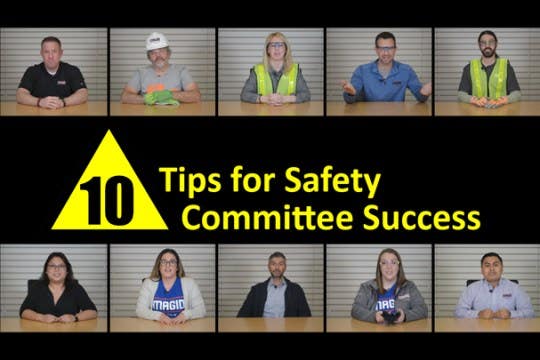
10 Safety Committee Ideas for Better Results
Most Safety Managers know that safety committees are a good idea, and many states actually require them by law. But is your committee doing all it can and should be doing? If you answered No, you’re not alone. A poll by Safety & Health Magazine found that only 32.6% of their readers said their safety committees were effective.
Here are our top 10 ideas to start improving today!

1. Review Your Safety Committee Mission Statement & Purpose
The purpose of a safety committee is to regularly bring employees from all levels of your organization together to improve, communicate, and promote workplace safety. Make sure everyone on your committee:
- Understands their role
- Understands the importance of what they’re doing
- Feels empowered to make recommendations for improvements
Take some time at your next meeting to review and clarify your safety mission and goals.

2. Include the Right People in Your Safety Committee Meeting
An effective safety committee should be a representation of your company, including a mix of:
- management
- salaried employees
- hourly employees
- stakeholders from different departments
Having a good mix of viewpoints can reveal different ideas and opinions and helps you anticipate any potential resistance. Including managers helps you to get decisionmakers on board and bought in early for any new ideas.

3. Make Time for Safety Committee Meetings
Don't squeeze committee meetings into your schedule. Carve out time for safety meetings and commit to them. Whether it's the first Monday of the month or the last Friday of the quarter, pick a day and stick to it so everyone knows it's a time that's important to your goals and mission!

4. Let Others Drive the Meeting
As a safety expert, you may find it difficult to take a back seat in your safety meetings. Though it may sound a little strange, it’s important not to be too active. Instead, serve as a coach or as a resource to the group so members feel free to speak up and be creative. Your role should be more about coordinating management and supporting employees.

5. Conduct a Group Safety Audit
Ask your safety committee to review your documented safety processes and procedures as a group to determine if there's a clearer way to communicate safety policies to front-line workers. If you don't have documented safety procedures, start creating them! Splitting up areas or processes to document might be a good way to get a new safety committee off the ground.

6. Have Your Safety Committee Walk the Plant or Jobsite
Ask your entire safety committee to walk the plant floor or jobsite and note safer, more efficient ways to get the job done including things like signage recommendations, PPE suggestions, and lighting improvements. Include outside experts to fill in gaps that might exist in your committee's expertise like an ergonomist or a professional safety assessor.

7. Give Your Safety Training a Trial Run
Use your safety committee as an audience to test your safety training materials and solicit suggestions. Periodic training reviews help keep your information timely and accurate. Check out additional sources of safety training classes and materials to keep your library fresh and up to date.

8. Look for Blended Safety Training Opportunities
As a group, brainstorm ways you might start to combine two or more forms of delivering information—for example, a combination of classroom instruction and an independent, self-paced online course. A University of Tennessee study showed that a blended learning program reduced both the time and the cost of training by more than 50%. The same study showed a 10% better result in learning outcomes compared with traditional training. You can even introduce fun safety training videos to help certain lessons stick.

9. Create a Safety Reward Program
Since you’ll have a mix of front-line workers and experienced managers in the same room, work together to create a rewards program that will motivate your employees and spark enthusiasm while helping to reduce injuries. Rewards can range from free PPE gear to paid days off to gift cards and even lottery tickets.

10. Keep Ideas Fresh
Once you've tapped the safety committee for their ideas and suggestions, consider rotating members. This opens your committee up for new viewpoints and experiences on an ongoing basis.
Remember to review this Top 10 periodically to avoid stagnation. Keeping ideas fresh is key to the kind of continued safety improvements that make your committee and your safety program effective now and for the long haul.
Download Safety Training Presentations to use in your next safety committee meeting!

12 Keys to Leading People Safely
PPE: Choosing & Using
See All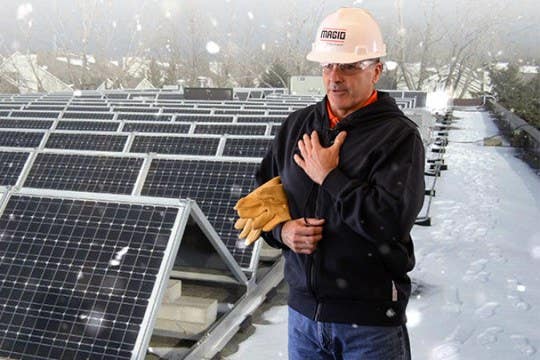
Keeping Workers Safe in Extreme Temperatures
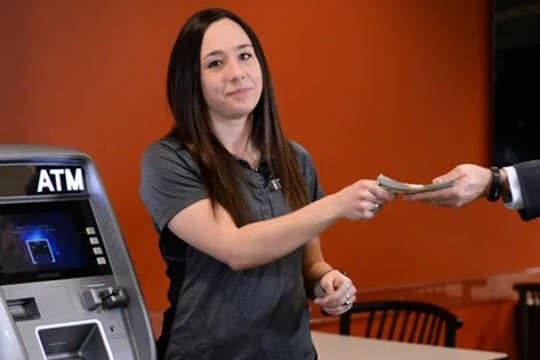
3 Steps to Saving Money on PPE Costs
With so much emphasis on increasing efficiency, it can be hard to strike a balance between your safety program and your budget. Particularly now with OSHA fines increasing 7.7% since just last year and over 20% in total since 2016. But with a little effort and planning, you can save money on hard costs like the PPE you need without compromising safety. The secret is PPE Standardization.

Step 1 Analyze Your Current PPE Usage
Begin by figuring out what you’re currently buying. Your finance department and invoice history are good starting points to help you list exactly what items you order—including style numbers and sizes—and how much you’re paying for each. You should also note how long each item tends to last. Do your cut-resistant gloves last more than a day? More than one shift? How many hours on average? Looking beyond price-per-pair is essential to figuring out how much you’re really paying.
If this step turns out to be too complicated–a real possibility if you’re running a larger facility–you’ll want to ask a safety expert to help you with a PPE Standardization Analysis. They’ll come onto your job site to help answer all of these questions and more.

Step 2 Get a Professional Safety Assessment
Even if you did your own research in Step 1, the next step should involve a safety expert who can analyze your usage, spend, and product application and make recommendations for more efficiency. Sometimes cost savings are as simple as getting your people to choose one glove to serve multiple purposes. This allows you to order fewer styles and buy in bulk.
One manufacturing customer we worked with found that they were ordering 6 styles of disposable gloves to serve the same basic purpose, but workers had become used to asking for their favorite item. With a little product testing and communication, workers agreed on one style they all liked. This not only increased their worker buy-in, which we know increases compliance, but it also reduced their spend by about 50% without skimping on the number of gloves they were using or compromising safety:
6 different glove styles: $30,028
VS
1 glove style (same number, bought in bulk): $14,943

Step 3 Save Money with Smarter PPE Choices
But it’s not just about ordering fewer styles, it’s also about making smarter choices. When you’re shopping around, it might seem best to order the cheapest glove that you know will keep your workers safe. But when you test those gloves in your environment, you might find that a more expensive glove lasts a lot longer.
A construction company we worked with thought they were getting a great deal on gloves at just $2.61 a pair. But a usage analysis revealed that their gloves were only lasting about 4 hours. They tested two other glove types and found that one of them cost about three times as much as their current glove, but lasted more than 15 times longer. Looking at glove cost-per-hour as well as annual spend painted a very different picture of which glove made the most sense.
| Glove 1 | Glove 2 | |
|---|---|---|
| Cost | $2.61/pair | $7.75/pair |
| Wear Time on the Job | 4.1 hours | 63.87 hours |
| Cost/Hour | 64 cents | 12 cents |
| Annual Cost | $13,050 | $2,487 |
81% Better Safety Value!
It’s worth noting that lower quality gloves might also cost you in unexpected ways like more injuries that not only affect your workers and morale, but also add costs like workers’ compensation and other expenses.
Even if you’re one of the lucky safety managers with extra room in your budget, you can always increase efficiency and free up funds to make your safety program even better. Try implementing these tips to protect your workers and your bottom line!
GET A SMART SAFETY ASSESSMENT TODAY!
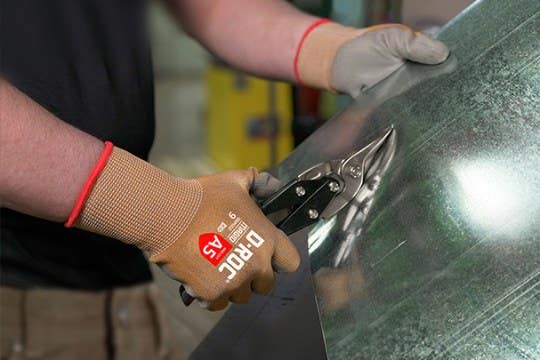
Coreless Cut Protection Just Got Better!
Safety Managers' Secrets
See All
Emphasize The Ripple Effect
Shared By Ed, Safety Manager, Oil & Gas
When talking about safety, I make sure my people know, if you get injured, it’s not just you that suffers, it’s 120 families. An injury means an OSHA recordable. That means our OSHA Incident Rate goes up and that might mean we can’t have our company picnic or I can’t give promotions. So when you think about picking up that heavy box by yourself, think of everyone else!
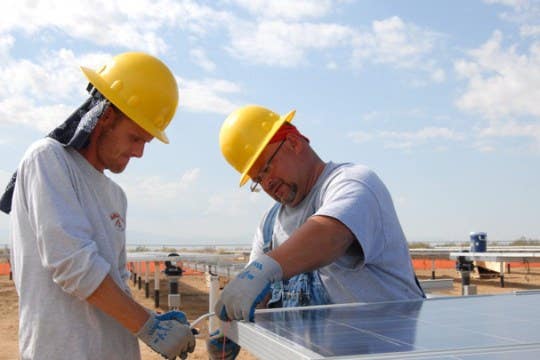
Assign New Workers A Mentor
Shared By Kevin, Safety Manager, Oil & Gas
We put our new hires through workshops, lectures, online training courses, and other traditional forms of training, but once they complete that, they are assigned a mentor from our safety team. The mentor is responsible for showing them how to apply the training that they just completed and guide them through their first project. By implementing this program we’ve eliminated 1.5 to 2 million dollars a year in unnecessary wait time for redoing work.

A Little Teasing Can Save a Worker's Hearing
Shared By Sean, Safety Manager, Manufacturing & IT
When I see people not wearing their hearing protection, I walk up to them and start “talking” but I don’t make any sound. It’s a friendly reminder of what they might experience if they damage their ears!

Take PPE Home
Shared By Jason, Safety Manager, Manufacturing & IT
We encourage our workers to take their PPE home with them so they can implement their safety training outside of work. We are proud to have so many employees who take safety seriously in all aspects of their lives. We had an employee who experienced a laceration incident at home. He was wearing his PPE when it happened and it saved him from what would have been a severed finger. While he has always known that the proper PPE is key to staying safe and in one piece, he says he’s a true believer now. That experience helped reinforce for him the importance of the proper safety equipment. After all, gloves are cheaper than stitches!



